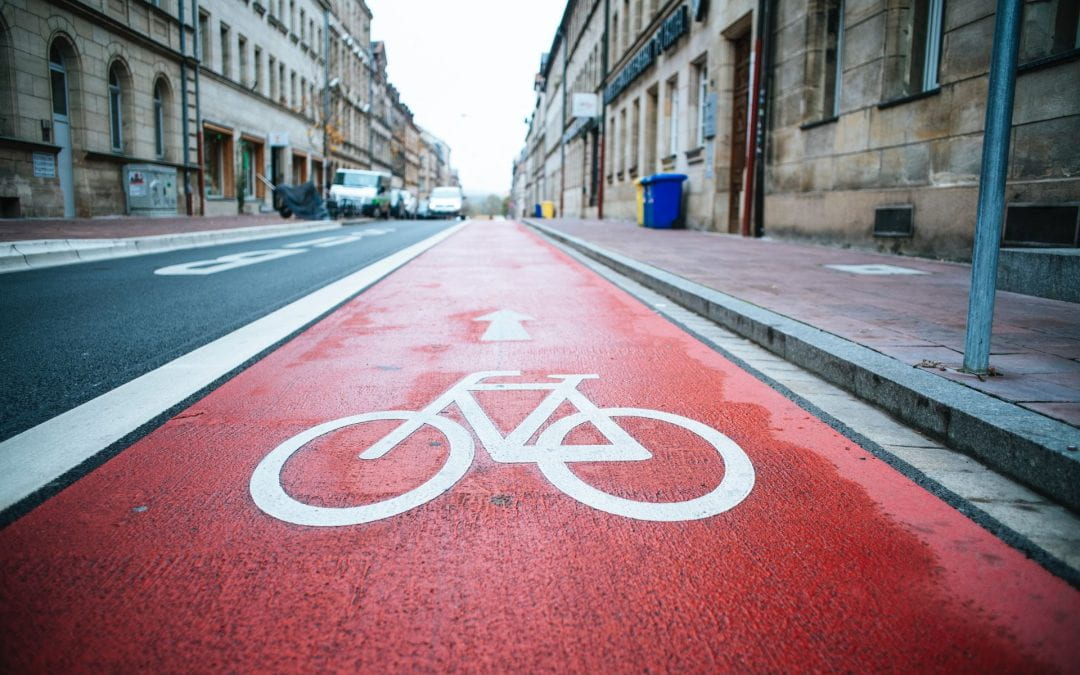Danial Jahanshahi, Seósamh Costello, Kim Dirks, Subeh Chowdhury – University of Auckland
Bert van Wee – Delft University of Technology, Netherlands
Cycling is a mode of transport that provides various health, environmental, and societal benefits. However, different population groups and communities can face unique barriers to cycling related to individual identities. While socioeconomic status is an important factor concerning equitable access to cycling infrastructure, these factors are largely ignored in cycling equity planning.
Factors influencing how people value cycling infrastructure, including demographic characteristics and access to bicycle lanes, are used in this study to identify the factors influencing perceptions of cycling infrastructure. Investigating perceptions of cycling infrastructure across respondents in Auckland, the research confirms that bicycle user type, ethnicity, and education influence bicycle users’ and nonusers’ perceptions of cycling infrastructure. The research also shows the extent to which objective factors (in this case, the availability of bicycle lanes) do not significantly influence perceptions of cycling infrastructure.
Key Points
- The value that people place on cycling infrastructure is more affected by factors such as ethnicity, education, and bicycle user type (whether a regular cyclist, a potential cyclist, or a non-cyclist) than the objective level of bicycle infrastructure provided
- Regular cyclists’ age, education level, and cycling injury experiences affect value perceptions
- Income, bicycle user type, and ethnicity increase the value people have for cycling infrastructure in areas where there is excellent infrastructure, while in areas where this is poor, ethnicity is the only significant factor
- Māori had the highest percentage of potential cyclists among all ethnicities
Key Policy Implications
- Include cyclists’ perceptions in decision-making processes to ensure infrastructure and initiatives respond to multiple different cycle users’, and potential cycle users’, expectations and needs, and to ensure equitable access to cycling.
- As cycling infrastructure does not always influence cycle use levels as much as other sociodemographic factors, a range of cycling initiatives need to be implemented.
- Further research is required to understand the extent to which the low level of bicycle usage among Māori and Pacific people is linked to sociocultural factors, despite their higher perceptions (more value) of bicycle infrastructure provision.
-
Prioritize, under the realities of constrained budgets, the provision of different cycling initiatives to address differing needs, attitudes, and preferences.

